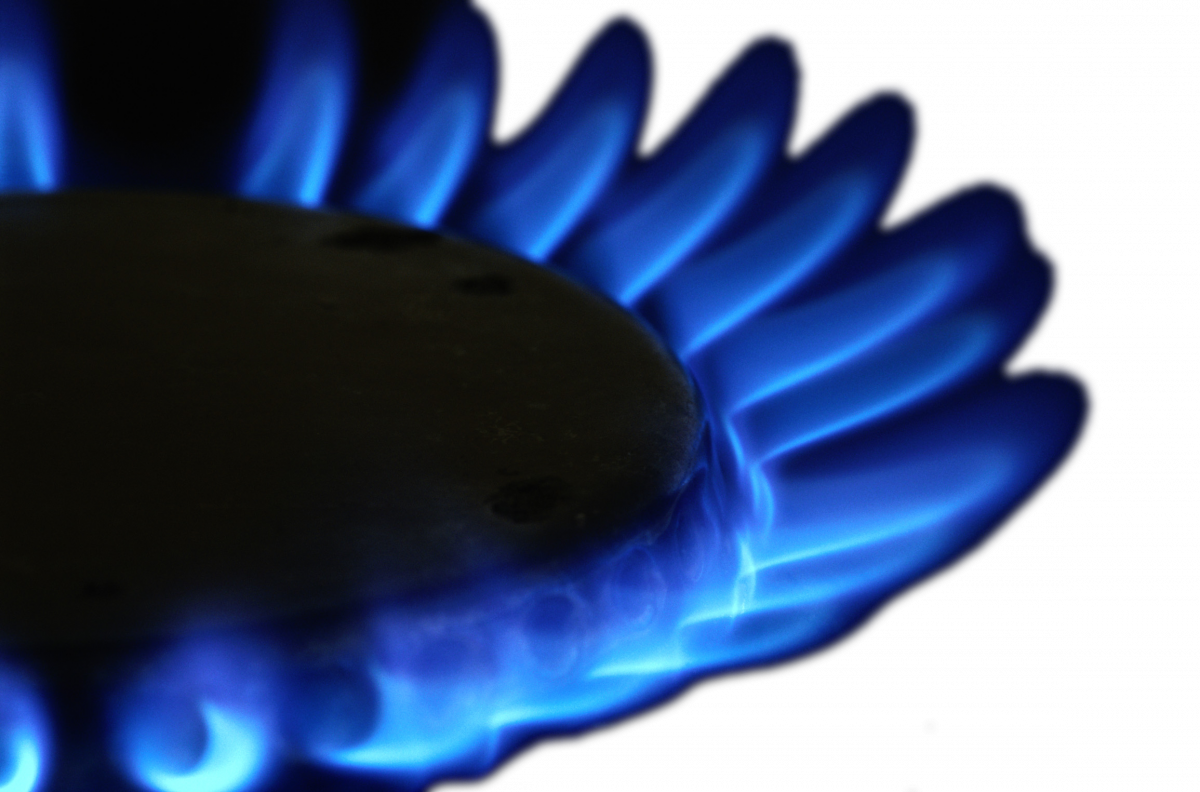 Penn State is bringing together one of the largest contingents of natural gas experts in the United States with the establishment the Institute for Natural Gas Research (INGaR). The institute is expected to provide much-needed study into this important form of energy at a time when the U.S. Energy Information Administration projects U.S. natural gas production will increase 44 percent by 2040.
Penn State is bringing together one of the largest contingents of natural gas experts in the United States with the establishment the Institute for Natural Gas Research (INGaR). The institute is expected to provide much-needed study into this important form of energy at a time when the U.S. Energy Information Administration projects U.S. natural gas production will increase 44 percent by 2040.
INGaR members will work closely with industry, and state and federal government partners to conduct independent scientific research in the broad area of natural gas. Through the institute, researchers and students will develop interdisciplinary approaches to study the complex processes involved in natural gas exploration, production, transmission, storage, processing, combustion, infrastructure, and water transport, usage and impact.
Chunshan Song, director of the EMS Energy Institute, was part of the team responsible for writing the initial white paper that was used to establish the INGaR. A major goal of the new institute is to support the ongoing development of a natural gas-based economy that will allow the country to eventually consume a predominantly domestic supply of gas for many years to come.
INGaR is a collaborative effort between the Penn State colleges of Earth and Mineral Sciences and Engineering. Currently, more than 50 faculty members in various departments at Penn State have significant research interests and active research programs in natural gas and related areas. Over the next four years, 12 new faculty members will be hired to further strengthen key areas and produce the needed joint information and knowledge that will solve some of the complex challenges related to the exploration and use of natural gas.
The EMS Energy Institute plans to develop more collaboration in conjunction with this new institute. In addition, we plan to expand on current natural gas research at the EMS Energy Institute as well as bring in new research. Faculty affiliated with the EMS Energy Institute will perform research in such areas as fluid flow in porous media, gas-to-liquids conversion of fuels, and gas and liquids combustion systems.
While the prospects for shale gas production are promising, particularly in Pennsylvania, there remains considerable uncertainty regarding various aspects of this resource and its overall impact, including environmental concerns. Through INGaR, Penn State can lead the nation in world-class expertise in natural gas that can help Pennsylvania retain a strong competitive advantage in natural gas for decades to come.
INGaR has started meetings with potential industry affiliates during which the Institute is serving as a catalyst to connect the Penn State researchers with their counterparts from these industries and to establish research agendas. Several companies in Pennsylvania and elsewhere have pledged support for INGaR and the first collaborative research proposal focusing on joint research work with industry is expected to be submitted this summer.
“INGaR will have the depth and breadth of expertise to tackle comprehensive problems encountered in the exploration, drilling, transport and use of natural gas, including the environmental challenges of extraction,” said William E. Easterling, dean of the College of Earth and Mineral Sciences.
Turgay Ertekin, department head, John and Willie Leone Family Department of Energy and Mineral Engineering, and professor of petroleum and natural gas engineering, and Andrew Zydney, department head, Department of Chemical Engineering, and professor of chemical engineering, will co-direct INGaR during the search for a permanent director. INGaR will be overseen by an external advisory board consisting of academic, government, and industry experts who will help guide INGaR research toward topics that provide maximum benefit to companies, promote scientific excellence, and help educate the public on the facts of natural gas.

